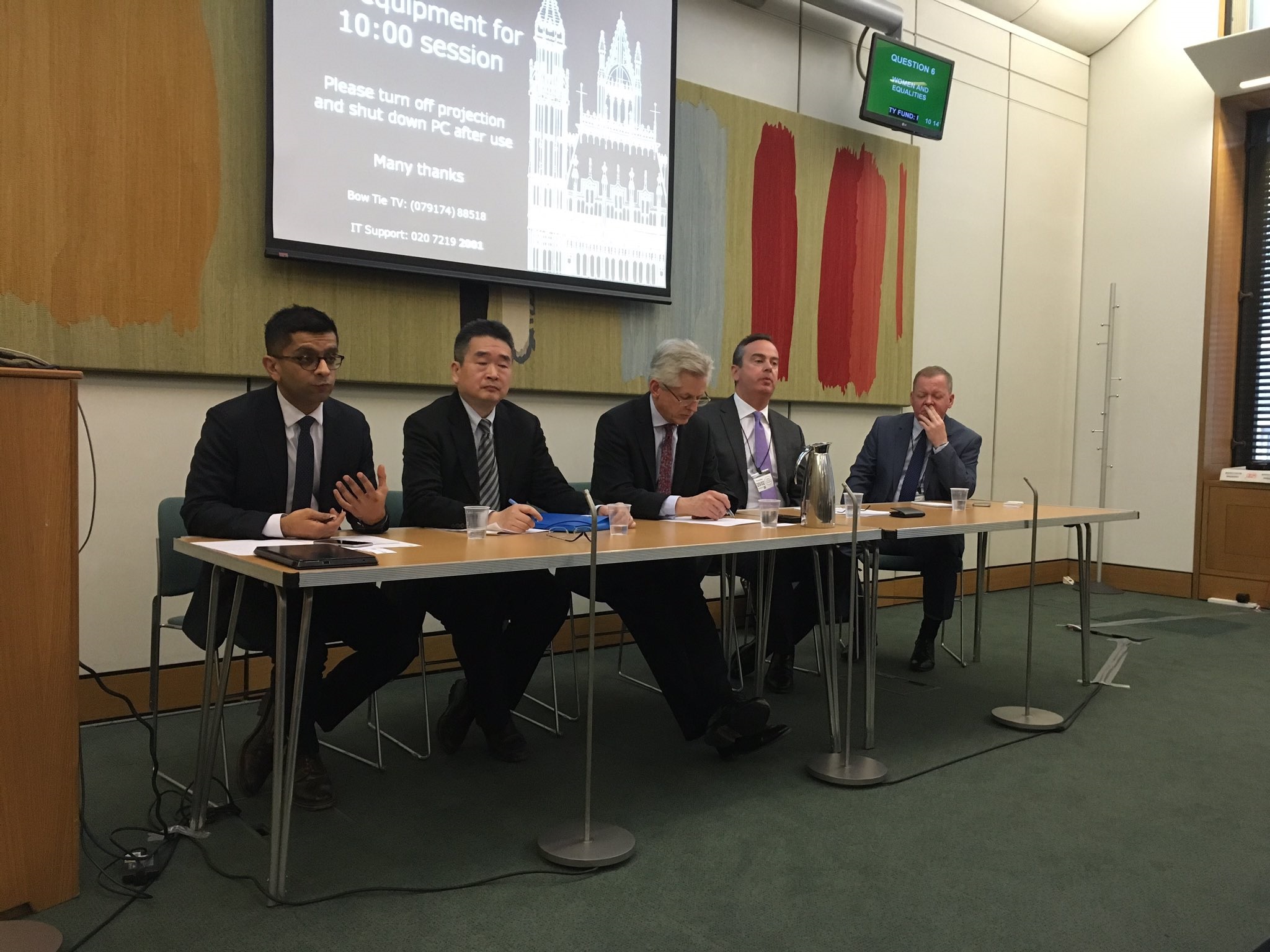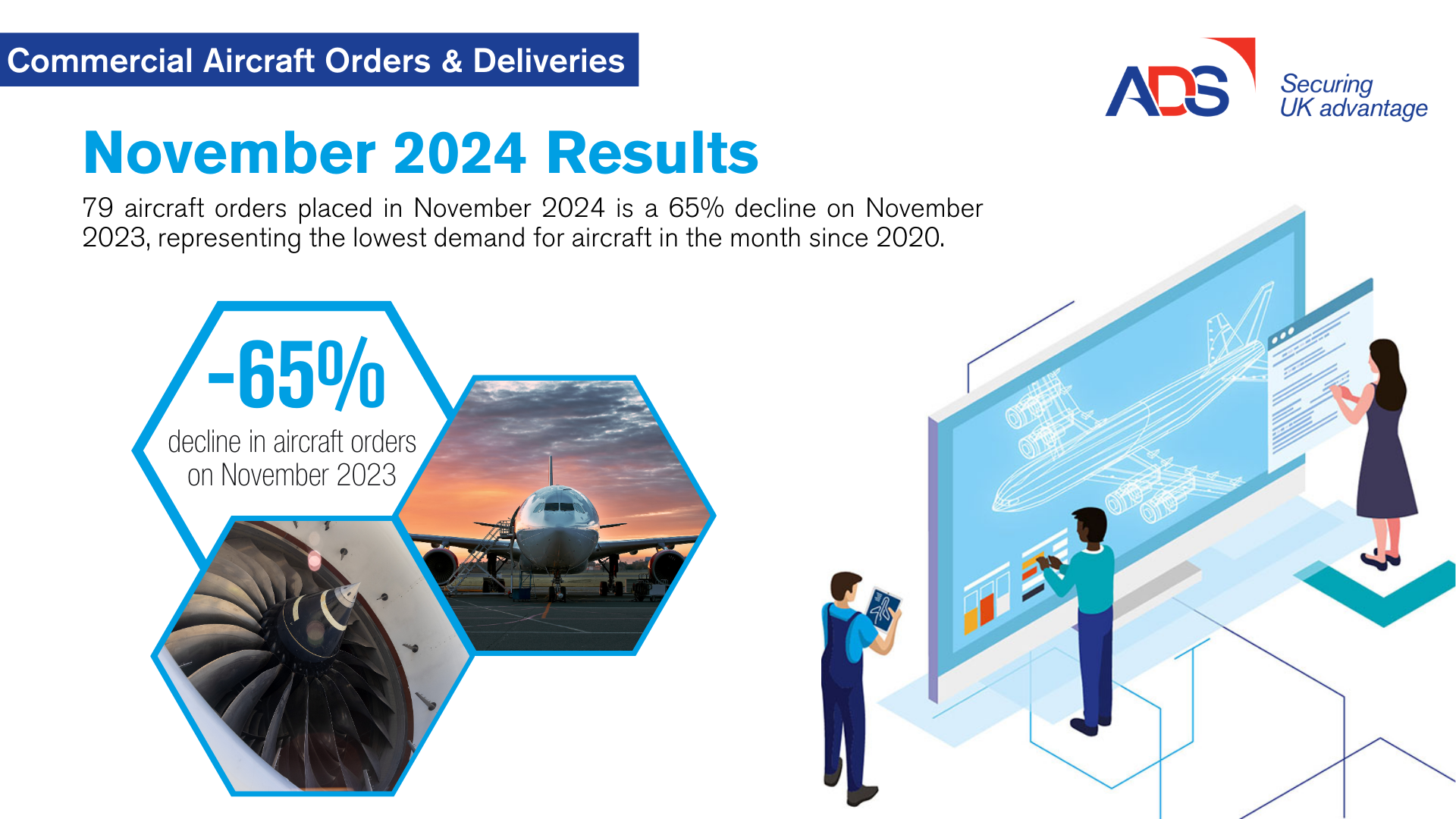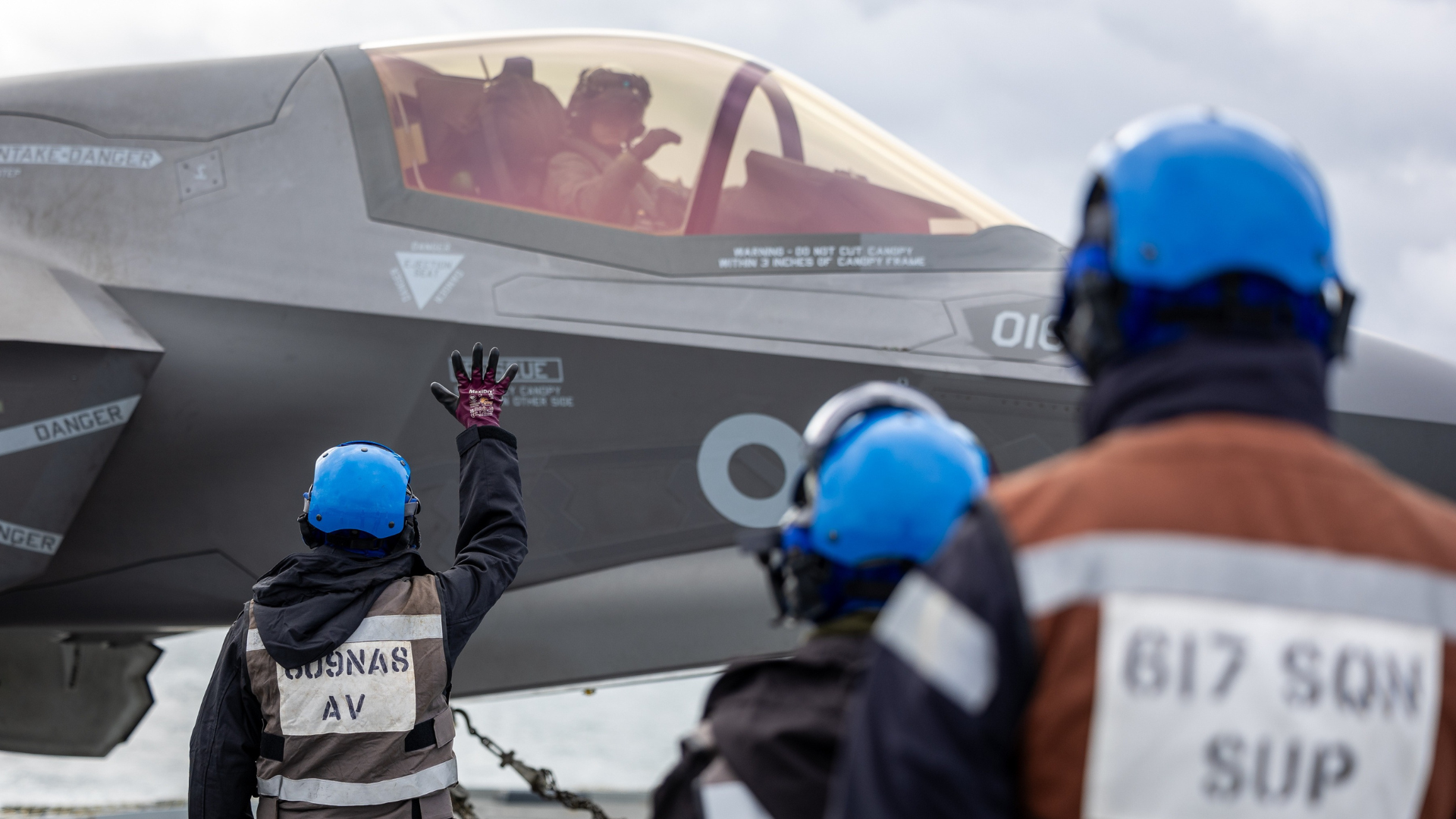
The All-Party Parliamentary Group (APPG) on China met at Portcullis House yesterday, debating and discussing the future growth of aviation and air travel in China, and how the UK could benefit from this growth. In a packed room, the APPG, which is chaired by Richard Graham MP, included speakers from both the aerospace and aviation industry, as well as an opening contribution from the Chinese Embassy in the UK.
The meeting opened with discussion of the underlying patterns of growth in demand for air travel in China, with both Jiang Sunan, Minister Counsellor for Science & Technology, and Jeegar Kakkad, Chief Economist at ADS, outlining how China is set to see a 5% year-on-year passenger growth over the next 10-20 years.
Richard Tams, Executive Vice President, Greater China, British Airways, also gave an overview to the group on the approach of British Airways to the Chinese market opportunity – highlighting how their China 2020 strategy aims to ensure they become the most desired Western airline for Chinese passengers. In addition, the APPG also heard from Mark Johnson, Managing Director, Aerospace Division, at Sigma Components, who discussed the approach of a component manufacturer to the Chinese market, as well as the importance of both relationship building and trust.
The Q & A session which followed also offered interesting discussion, touching on topics including IP threats, the sustainability of aviation growth, the impact of aviation capacity in the UK, and opportunities for pilot training in China.
The meeting was put together as a follow up to ADS’ report, “The China Challenge” – which looks at the underlying economic reasons behind China’s expected growth in aviation, and the approach, strategy and opportunity for UK companies to benefit from this growth. Since the publication of the report last year, the Chinese economy has slowed – with the economy growing at 6.9%, down from the 7.5% registered in 2014.
However despite slower growth, areas such as consumer spending continue to rise in China, with travel growth a key driver of this growth (NB. Consumer spending in the holiday season January 2016 was up 31% and travel was up 42% compared to 2015). These levels of growth mean that despite economic stutters, the principles outlined in ADS’ report around the development of China’s 13th Five Year Plan remain; with even more emphasis set to be placed on ‘digitisation’ and improving traditional manufacturing techniques.
As such, not only with air passenger numbers in China continue to rise, but demand for new aircraft will also increase to match this demand. In 2015, Chinese airlines and leasing companies ordered around 780 aircraft (either through firm orders or MoUs), valued at over $100 billion. Over the next ten years, Chinese airlines’ share of global market capacity set to rise to 18%, from 14% today.
The next few years will therefore be vital for the growth of China’s aviation and aerospace industry. The 13th Five Year Plan is expected to be published in Q2 2016, and China is expecting the anticipated first flight of the C919 expected by early 2017. Despite slower growth levels in the economy expected over the next few years, increasing consumer spending will ensure that China’s demand for air travel will only continue to rise to the strong levels forecast.





